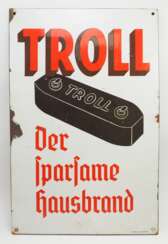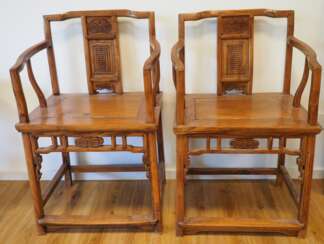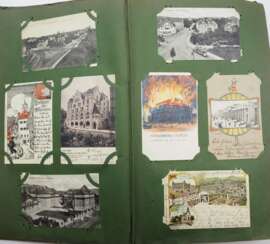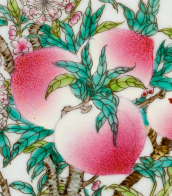antiques and art


John White Alexander was an American portrait, figure, and decorative painter and illustrator.



Sir William Douglas Hamilton was a British diplomat, archaeologist and volcanologist, a famous collector, and a Fellow of the Royal Society of London.
He served as British Ambassador to the Kingdom of Naples from 1764 to 1800, but most importantly, he was a passionate researcher of history, art and natural sciences and was a member of the Society of Dilettantes, established for the purpose of studying ancient art.
In Naples, Hamilton amassed a unique collection of antique vases and published an illustrated book about them. In parallel, Sir Hamilton studied the volcanoes Vesuvius and Etna, local volcanic and seismic activity, and the causes of earthquakes in the Neapolitan territory. As a corresponding member of the Royal Society, he sent the results of his research to London. His publications were very valuable for the time.



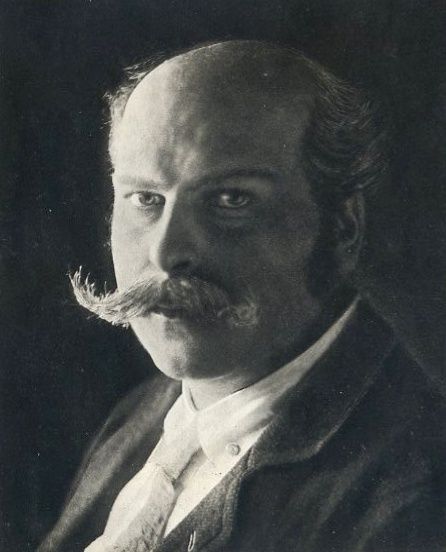
Walter Firle was a German painter of the late nineteenth and first third of the twentieth centuries. He is known as a portrait and genre painter.
Firle was the author of a number of genre paintings and paintings on religious themes. Among his famous portraits are depictions of royalty, nobility, and famous personalities, including Prince Regent Luitpold of Bavaria, Ludwig III (King of Bavaria), and German Reich President Paul von Hindenburg. Several of his works were acquired by the National Gallery of Berlin. A portrait of Ludwig III was featured on a series of Bavarian stamps.
Firle was a professor at the Academy of Fine Arts in Munich and a member of the Munich Artists' Association.





















